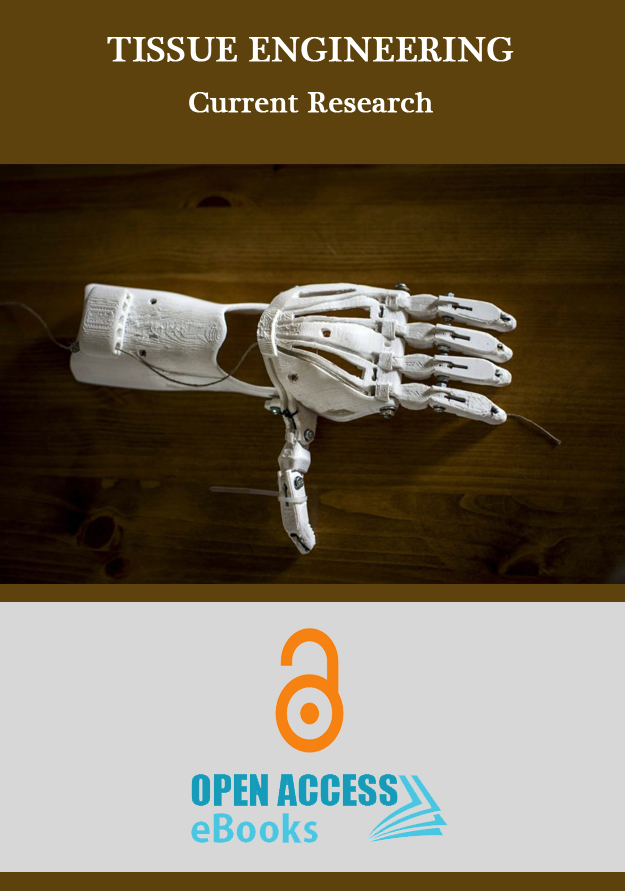Benefits of publishing with us:
Universal Access: eBooks published in Open Access eBooks gain international visibility. No region barriers and content is accessed by everyone across the world from our website. We also deposit published eBooks in different databases.
Freely Available: Open Access eBooks follows the principles of Open Access and the content is available to the readers without any cost. Readers can read, share, and store the published ebooks/book chapters.
Copyright with Authors: As an eBook publisher, we serve researchers in publishing their valuable work after the stringent review process. However, copyright lies with authors. We follow the CC-BY-NC-ND license (https://creativecommons.org/licenses/by-nc-nd/3.0/).
Different Formats: We provide eBooks in PDF and HTML formats. Both formats are user friendly and can act as per the user requirements. We put our efforts to provide other formats in future.
For more information, contact info@openaccessebooks.com
List of Chapters
The “Self-Assembly” Approach for Lower Urinary Tract Tissue Engineering: Regenerative Medicine and Disease Modelling
Author(s): Sasseville S, Boudreau M, Pellerin FA, Caneparo C, Pellerin E, Chabaud S, Bolduc S*
The lower urinary tract, mainly the bladder and urethra, can be affected by many congenital or acquired pathologies, which require surgical corrections. Currently, therapeutic strategies can be effective for the less severe cases, but repairing or replacing severe ones remains a challenge due to the paucity of adequate tissues. This book chapter aims to succinctly describe the lower urinary tract and its most common pathologies requiring repair or replacement, which can be modelled using tissue engineering. An emphasis will be made on an innovative technique to produce tissue without the use of exogenous materials or the need for pre-existing scaffolds: the «self-assembly» developed by Dr. François A. Auger in the late 1990s.
Tissue Engineering of Traumatic Brain Injury
Author(s): Xincheng Du, Wen Zhao, Jibo Wang, Haowen Qiao*, Yu Zhou*
Traumatic brain injury (TBI) has considerable morbidity and mortality, which contributes to the loss of cognitive and motor function in patients. This is an urgent need for the generation of in vitro model to understand the pathophysiological mechanism of TBI and explore the potential therapeutic options. Tissue engineering of TBI in vitro has been placed on the role of attention due to its advantages in Bionic architecture and function. The in vitro TBI engineering models according to the different ways of injury are classified into 4 categories, including the impact injury models, stretch injury models, negative pressure drainage injury models, and blast injury models. In this chapter, we will present a unique perspective to introduce and compare these four models from their research hotspots.
Perinatal Stem Cells in Tissue Engineering
Author(s): Leisheng Zhang*; Hui Cai; Tiankang Guo; Zhihai Han; Zhongchao Han
Perinatal stem cells are a class of self-renewing and heterogeneous populations derived from mother and fetus tissues with unique immunomodulation and multi-lineage differentiation potential and the concomitant regenerative medicine. To date, a variety of perinatal stem cells such as hematopoietic stem cells, mesenchymal stem/stromal cells, amniotic stem cells and sub-totipotent stem cells have been identified from hematological and non-hematopoietic placental sources, which serve as particularly interesting candidates for the administration of recurrent and refractory diseases.
